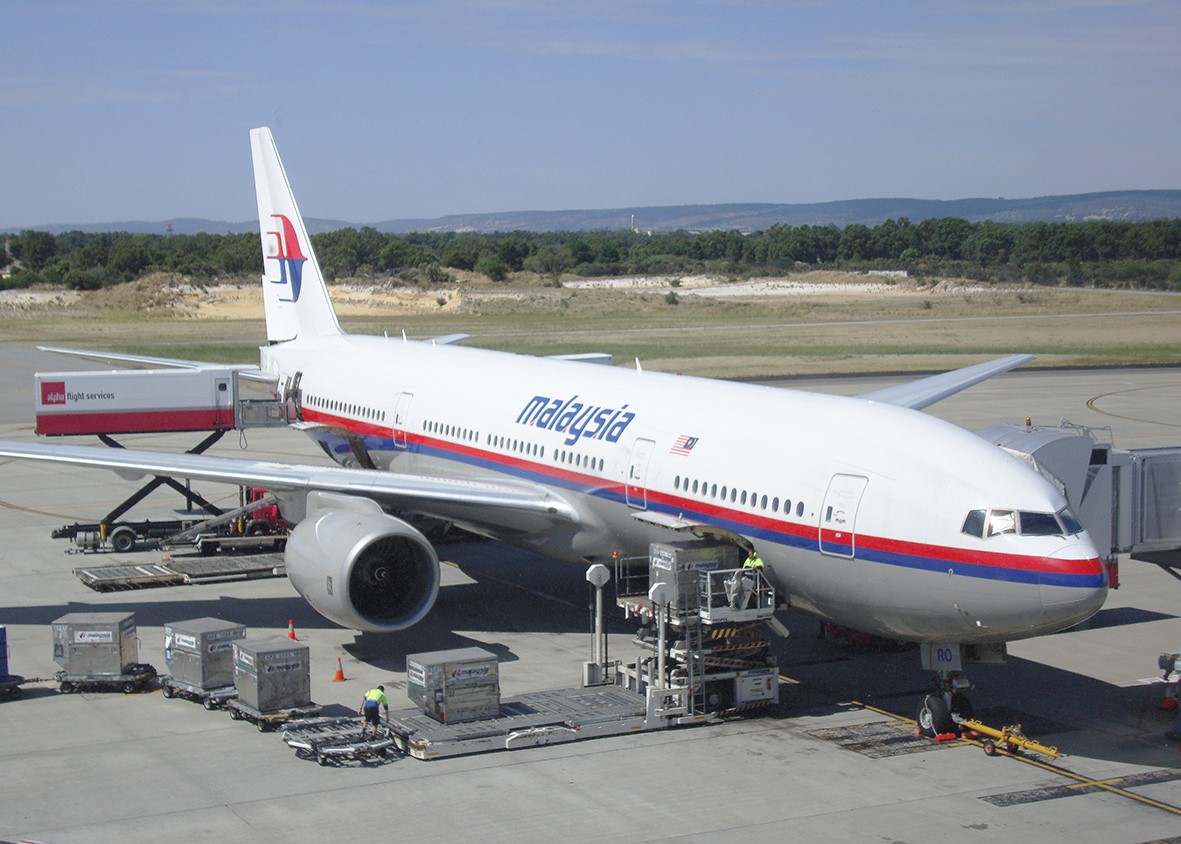British Aerospace engineer Richard Godfrey, who is leading the tracking for MH370 has held a very successful meeting to discuss the progress of the WSPR technology which has pinpointed the most likely crash site for MH370.
It is highly likely that this work will be the basis of the next search.
Mr Godfrey has published this map (under) of the MH370 location based on his WSPR technology and you can read the full report here and you can read his latest tracking meeting update below.

Subscribe to the Airlineratings.com newsletter to get the relevant news first
World’s Top Twenty Safest Airlines 2023
NTSB Slams Ethiopian MAX Crash Report
Mr Godfrey posted to his website the following detail.
“The meeting on WSPR technology was a great success. There were a significant number of participants from all over the globe and from various time zones. Some participants had 2 feet of new snow outside their window, others were sweltering at 34°C (93°F) and high humidity. With multiple presenters (Prof. Simon Maskell, Dr Hannes Coetzee, Dominik Bugmann and myself), the Google Meet technology was stretched to the limit. Internet connections generally held up globally, with one short exception.
“Dr Robert Westphal and his collaborator Dr Karl Herrmann were not able to attend, but their early pioneer work and ongoing research are held in high honour, despite the strong opposing winds that caused them to retreat from public life. Rob is the father of the idea to use WSPR to track MH370.
“There is definitely a momentum building in using WSPR to detect and track aircraft and in using WSPR to help identify the crash location of MH370. I personally found the meeting very encouraging. The meeting overran, as there was such great interest in our work evidenced by a large number of very good and perceptive questions being asked and answered. In hindsight, we should have recorded the meeting.
“Prof. Simon Maskell observed: “I thought it was particularly reassuring that the questions that we can’t answer easily are precisely those that we are working towards generating compelling answers for.” It was also clear, that it is perfectly acceptable in scientific circles to say, that we don’t know the full answer to that question yet, but we also have the same question and are working on the answer, and we will let you know our findings in due course.
“Dr. Hannes Coetzee outlined the major differences between classical radar and WSPR technology. A typical airport radar has a pulse width of 1 µs and the energy illuminating any object is small despite the transmission power of 1.1 MW and pulse rate between 300 and 1,200 pulses per second. WSPR has a coherent integration time of 110.6 seconds and a transmission power of typically 1 W, resulting in a similar order of magnitude of energy illuminating the target aircraft. Hannes also pointed out the WSPR processing removes short and medium-term ionospheric fluctuations.
“Dominik Bugmann showed how WSPR signals from his radio shack in Switzerland can be received in Australia with the WSPR protocol confirming receipt of the signal and how the receiving station software determined the signal-to-noise ratio and frequency drift deviations. He also demonstrated how the interim landing points of a multiple-hop ionospheric propagation aligned with the target aircraft position and the great circle paths of multiple intersecting anomalous WSPR links.
“The participants thanked us for the great work and the obvious thousands of hours invested in WSPR technology and using that to help solve the mystery of MH370. It was once again evident to all participants that the combination of Inmarsat satellite data, Boeing aircraft performance data, 39 items of likely or confirmed MH370 floating debris, the UWA drift analysis data and our work using WSPR technology all point to the same crash location around 30°S to 32°S.
“It was equally clear that the MH370 crash location could be just outside of the previously searched areas in this latitude range. However, the absence of the IFE connection expected at around 00:21:06 UTC (approximately 90 seconds after 00:19:37 UTC) as well as the analysis of the BFO data by Ian Holland of the DSTG, which shows an accelerating rate of descent of between 14,800 fpm and 25,300 fpm at 00:19:37 UTC, may well both separately set a limit to the maximum possible distance of the crash location from the 7th Arc. In summary, this information narrows the area for any future underwater search for MH370 and increases the probability of finding the main wreckage of MH370.”
























